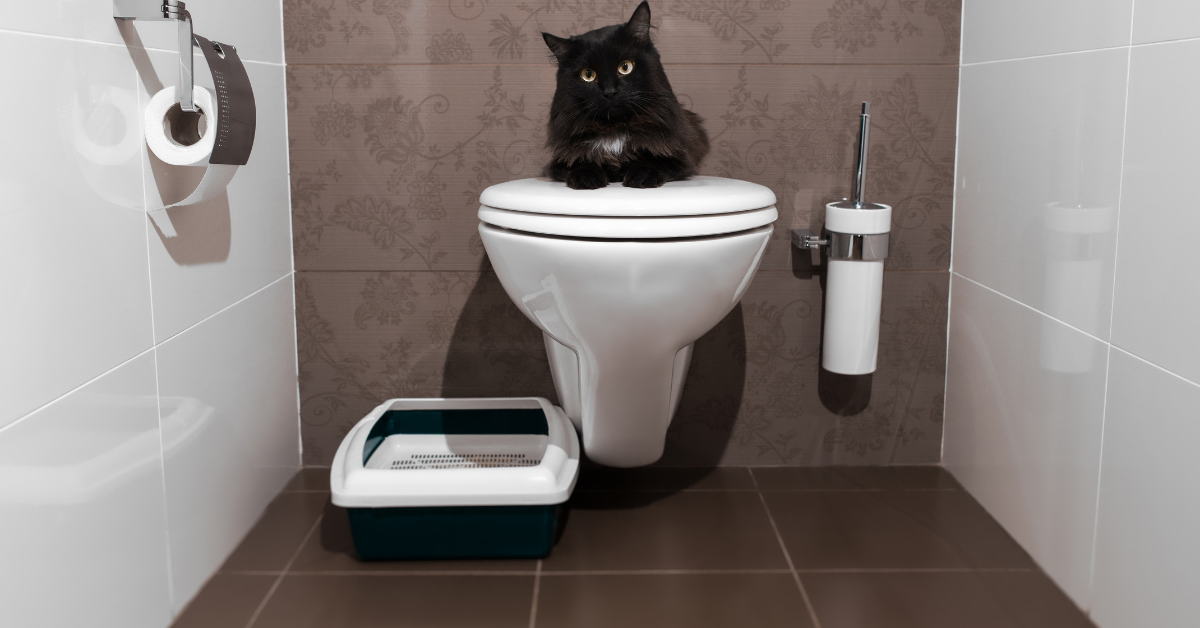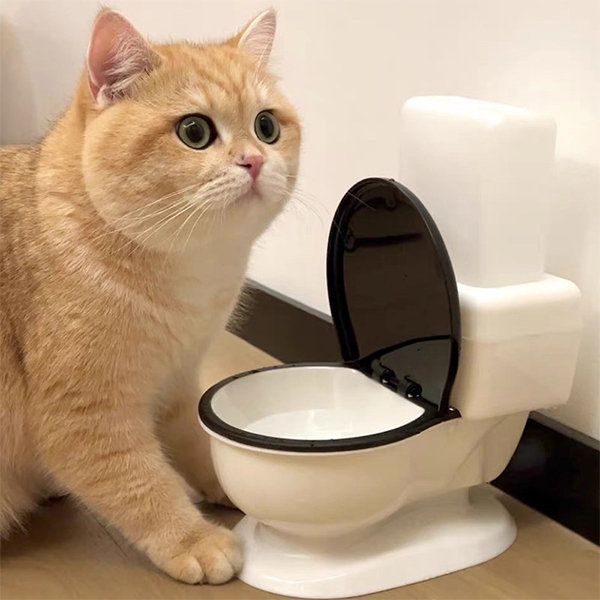They are making a number of great pointers related to Can You Flush Cat Poop Down The Toilet? as a whole in this article down the page.

Introduction
As pet cat owners, it's essential to be mindful of how we get rid of our feline friends' waste. While it may seem hassle-free to flush cat poop down the bathroom, this technique can have damaging effects for both the atmosphere and human wellness.
Alternatives to Flushing
The good news is, there are more secure and a lot more accountable methods to take care of cat poop. Think about the following options:
1. Scoop and Dispose in Trash
One of the most typical method of disposing of pet cat poop is to scoop it right into a naturally degradable bag and throw it in the garbage. Be sure to use a devoted trash inside story and take care of the waste without delay.
2. Usage Biodegradable Litter
Select naturally degradable feline clutter made from products such as corn or wheat. These trashes are environmentally friendly and can be securely taken care of in the garbage.
3. Bury in the Yard
If you have a yard, take into consideration burying feline waste in an assigned location away from veggie gardens and water resources. Be sure to dig deep enough to stop contamination of groundwater.
4. Install a Pet Waste Disposal System
Buy a family pet garbage disposal system especially made for cat waste. These systems use enzymes to break down the waste, decreasing odor and environmental impact.
Health Risks
In addition to environmental concerns, flushing pet cat waste can additionally present health and wellness risks to humans. Pet cat feces might have Toxoplasma gondii, a bloodsucker that can cause toxoplasmosis-- a possibly serious disease, particularly for pregnant women and people with weakened body immune systems.
Environmental Impact
Flushing pet cat poop introduces hazardous pathogens and bloodsuckers into the water supply, posing a considerable threat to aquatic environments. These contaminants can adversely influence marine life and concession water top quality.
Conclusion
Accountable family pet possession expands beyond offering food and sanctuary-- it additionally involves correct waste management. By avoiding flushing feline poop down the toilet and going with different disposal methods, we can decrease our ecological footprint and protect human health.
Why Can’t I Flush Cat Poop?
It Spreads a Parasite
Cats are frequently infected with a parasite called toxoplasma gondii. The parasite causes an infection called toxoplasmosis. It is usually harmless to cats. The parasite only uses cat poop as a host for its eggs. Otherwise, the cat’s immune system usually keeps the infection at low enough levels to maintain its own health. But it does not stop the develop of eggs. These eggs are tiny and surprisingly tough. They may survive for a year before they begin to grow. But that’s the problem.
Our wastewater system is not designed to deal with toxoplasmosis eggs. Instead, most eggs will flush from your toilet into sewers and wastewater management plants. After the sewage is treated for many other harmful things in it, it is typically released into local rivers, lakes, or oceans. Here, the toxoplasmosis eggs can find new hosts, including starfish, crabs, otters, and many other wildlife. For many, this is a significant risk to their health. Toxoplasmosis can also end up infecting water sources that are important for agriculture, which means our deer, pigs, and sheep can get infected too.
Is There Risk to Humans?
There can be a risk to human life from flushing cat poop down the toilet. If you do so, the parasites from your cat’s poop can end up in shellfish, game animals, or livestock. If this meat is then served raw or undercooked, the people who eat it can get sick.
In fact, according to the CDC, 40 million people in the United States are infected with toxoplasma gondii. They get it from exposure to infected seafood, or from some kind of cat poop contamination, like drinking from a stream that is contaminated or touching anything that has come into contact with cat poop. That includes just cleaning a cat litter box.
Most people who get infected with these parasites will not develop any symptoms. However, for pregnant women or for those with compromised immune systems, the parasite can cause severe health problems.
How to Handle Cat Poop
The best way to handle cat poop is actually to clean the box more often. The eggs that the parasite sheds will not become active until one to five days after the cat poops. That means that if you clean daily, you’re much less likely to come into direct contact with infectious eggs.
That said, always dispose of cat poop in the garbage and not down the toilet. Wash your hands before and after you clean the litter box, and bring the bag of poop right outside to your garbage bins.
https://trenchlesssolutionsusa.com/why-cant-i-flush-cat-poop/

I'm just very curious about Don’t flush cat feces down the toilet and I hope you appreciated the entire blog entry. Kindly take the opportunity to promote this blog post if you appreciated it. I am grateful for your time. Please stop by our website back soon.
Book Today!